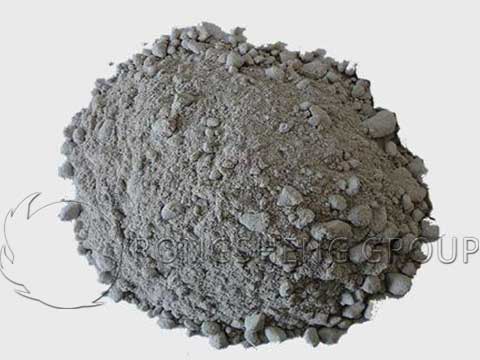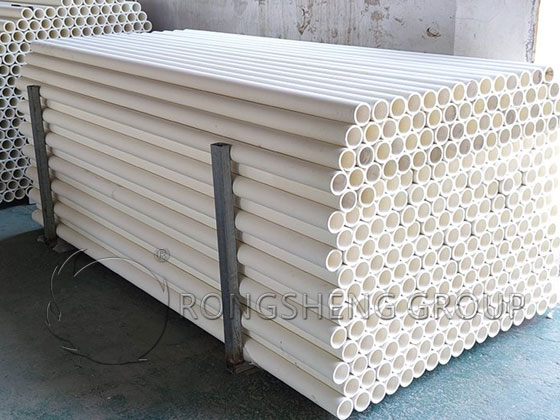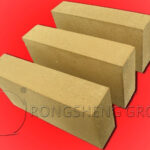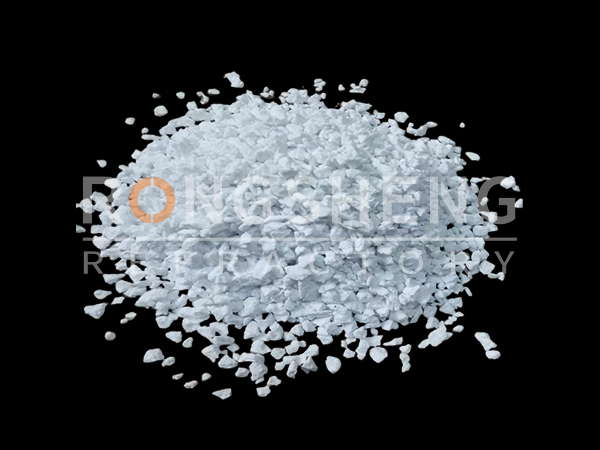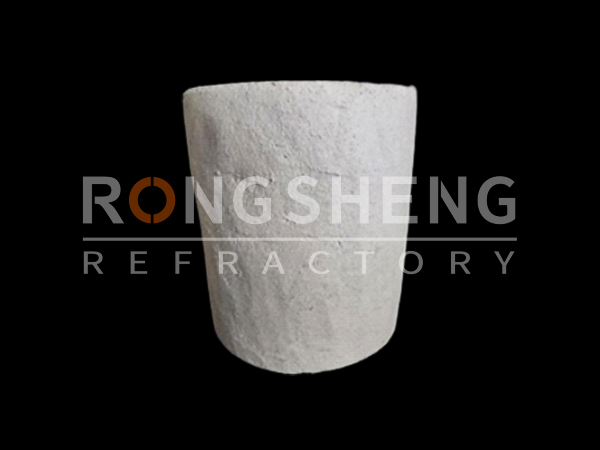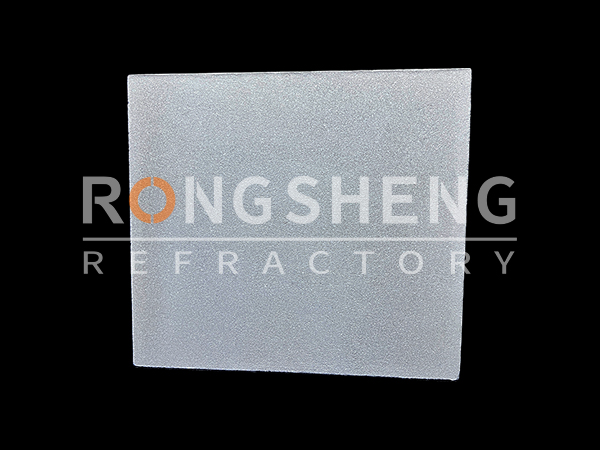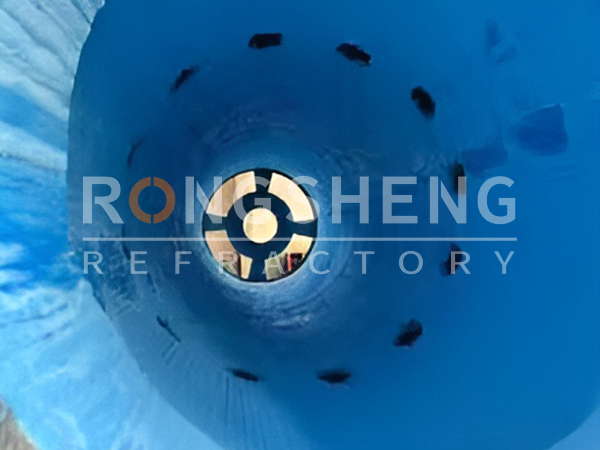Lightweight mullite brick and high alumina bricks are belongs to lightweight refractory brick, and both are of common lightweight refractory brick, so what’s the difference between the lightweight mullite brick and lightweight high alumina bricks? There are several aspects as following:
1. Raw materials and manufacturing process
Light mullite brick is a lightweight refractory brick with mullite phase made of high purity refractory powder as refractory material and sintered at high temperature after special technology.
Light high alumina brick is a lightweight refractory brick with glass phase at 1300-1500 degrees centigrade after adding bauxite clinker into clay by using foam adding method or gas generation method.
2. Operating Temperature
The light mullite brick has mullite phase, its use temperature is high, it is about 1500 degrees Celsius, the use temperature of light high alumina brick is about 1350 degrees Celsius.
3. Application
Lightweight refractory bricks are used for thermal insulation or permanent layers commonly used in industrial kilns, and are not exposed to molten slag or melts. The lightweight mullite brick has excellent performance and can be used in the heat insulation layer of industrial kiln in metallurgy, petrochemical, building materials, ceramics and other industries. It can also be used in the working layer of flame contact. The temperature should not be higher than 1450. Lightweight high alumina bricks are generally used for heat insulation and the parts without strong high-temperature melts and scouring. For example, when exposed to melts, the temperature should not exceed 1350 degrees.
4. Characteristics
Lightweight mullite bricks have the characteristics of high temperature volume stability, low creep, small thermal expansion, strong resistance to erosion. Lightweight high alumina bricks have the characteristics of good insulation effect, good thermal shock property.
5、 Index
| Item | lightweight mullite brick | Lightweight high alumina brick | ||
| TL-1.0 | TL-0.8 | TL-1.0 | TL-0.8 | |
| maximum use temperature,℃ | 1450 | 1400 | 1300 | 1250 |
| Al2O3,% ≥ | 76 | 65 | 48 | 48 |
| Fe2O3,% ≤ | 1 | 1 | 2 | 2 |
| Volume density,g/cm3 ≤ | 1 | 0.8 | 1 | 0.8 |
| Compression strength,Mpa ≥ | 3 | 2 | 4 | 3 |
| Reburning shrinkage is less than 2%,℃ | 1450 | 1400 | 1400 | 1400 |
| refractoriness,℃ > | 1790 | 1790 | 1710 | 1670 |
| Thermal conductivity w/(m·k) average temperature 350,℃ ≤ | 0.4 | 0.3 | 0.35 | 0.35 |
